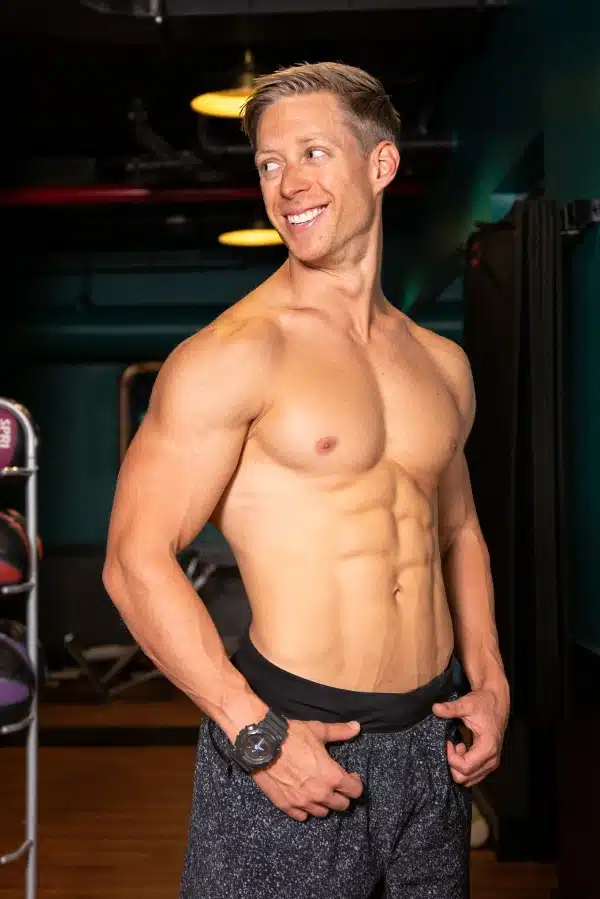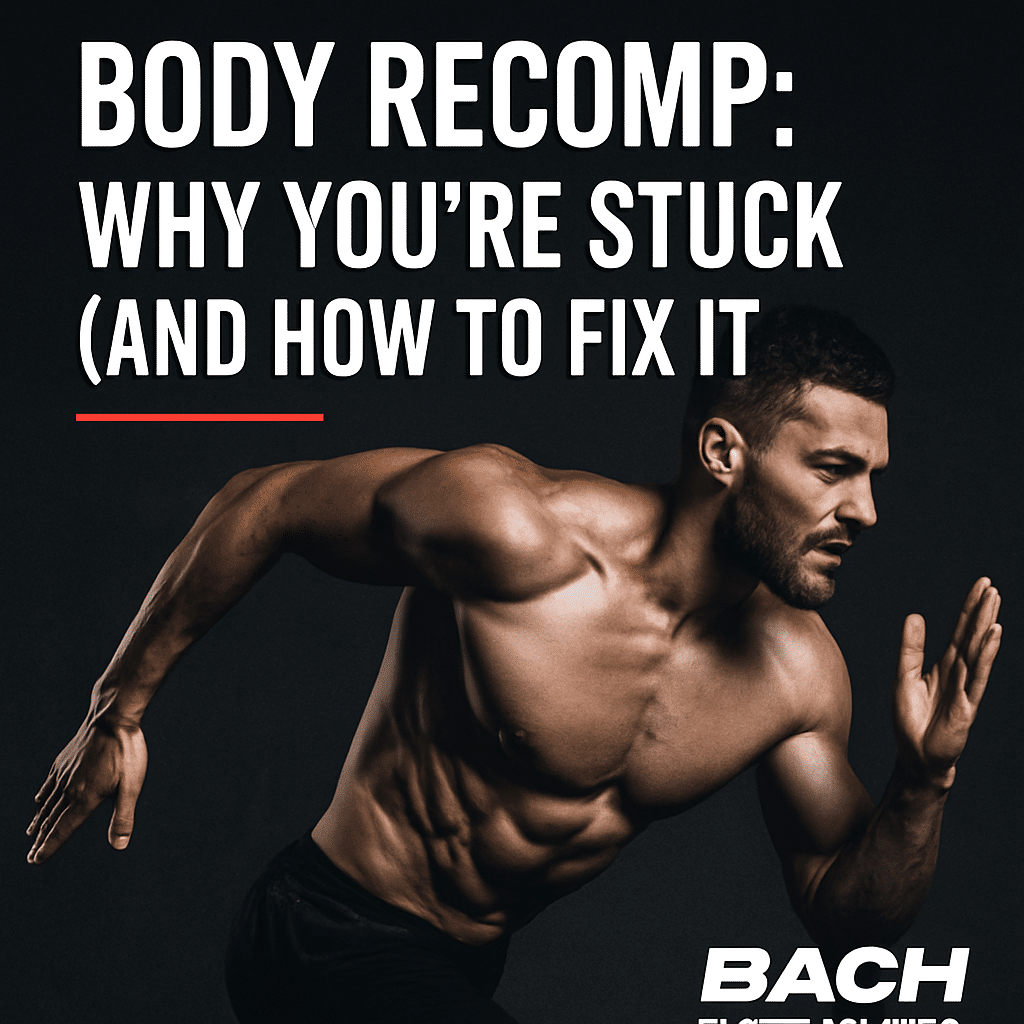Train like an Athlete
August 27, 2013
It’s 9 pm on Tuesday night. Over the last 2 hours you’ve been sipping your glass on water, scanning curiously over the latest workouts on various exercise websites. Each workout is markedly different. Athlete, bodybuilder, powerlifter…huh?
One site caters to bodybuilders, one site markets to powerlifters, one site markets to those people just looking to “Lose 10 pounds Fast!”, and one site aiming to help athletes reach their next level of competition.
Which should you listen too? When in doubt, train like an athlete.
When an athlete trains, the focus is not on aesthetics, rather, on improving performance through increasing strength, speed, (or any other movement quality) and setting personal records (positive goal-setting).
So while maintaining a certain aesthetic look isn’t an athletes top priority, it’s often a nice by-product of training with a purpose.
(For Proof, just Check out “The Body” edition of ESPN the Magazine.)
Here are 5 fantastic reasons why you should begin training like an athlete when you are due for an exercise program change.
1.) Improved athletic Performance.
I know that everyone reading this likes seeing weights go up. Building ansolute strength is awesome and improves nearly all other trainable qualities.
But why not add some power into the mix?
Olympic lifts, sprints, medicine ball throws, and jumps are all great ways to incorporate power training directly into your program. Everyone can benefit from having some more POP.
If playing your sport or activity entails any of the following actions, incorporating explosive based exercises will improve your performance.
Explosive Movements: sprinting, swinging, jumping, cutting, juking, bounding, spinning, diving, hopping, kicking, pushing, punching, throwing, hitting, slapping.
This includes most sports under the sun, and most of these movements are a blast to perform. Baseball, basketball, football, soccer, lacrosse, diving, hockey, martial arts, wrestling, track & field, weight lifting, hockey and even polo all uses these explosive movements.
In addition, research continues to build that fast twitch muscle fibers will transition to more slow twitch (less explosive) with aging if they are not trained in an explosive manor (Sayers 62-67.) This is a contributing factor in sarcopenia (muscle loss), and a higher incidence of falls…Yikes!
It’s perfectly normal to focus on spending the majority of your time more jacked, but take 3-4 months every year and dedicate some time to athletic development, its fun and vital for longevity.
Don’t wait until you have grey pubes, you’ll thank me later!
2.) You become versatile
Sure, it’s a blast being able to rip 500 lb deadlifts, but not to the detriment of being able to sprint, jump, or having decent mobility.
What do you think of when you think of the best athletes? I think of athletes that can sprint, turn on a dime, be explosive, and maneuver their bodies in unfathomable ways.
As a Packers fan it pains me to say this, but I think of Adrian Peterson. Whether AP is cutting, juking, sprinting, or running over you his varied skill set makes him impossible to stop.
Now, without saying that you will have the same skill set as Adrian Peterson, you should notice a drastic performance increase in your flag football league play while also reducing your risk of injury. Bring on the braggin’ rights!
3.) Improved Conditioning
I must admit, I have a strong distaste for conditioning work.
But, Knowing that it’s a necessary evil, I’ve found ways to make it both fun and achievable.
How?
Like training for strength, fat loss, or muscle gain you must plan it out. Having a game plan and well planned routine leads to better results every time.
“The best workout routine is the one you will follow.”
Plain and simple, if you don’t write things down you won’t do them. Start planning out conditioning work as you would any other workout program. Mix in high intensity, low volume programs and low intensity, higher volume programs. Be creative with sprints, back pedals, shuffles, and other dynamic drills to provide a well rounded training stimulus.
It’s almost too easy. Program your conditioning work just like your strength training routines and see your results skyrocket.
4.) Super-Compensation
Most of us get stuck in a rut, constantly training for the same variable. Whether you’re training to carry atlas stones, pick up barbells, look good naked, or run triathlons, super-compensation will apply to you.
What is Supercompensation? Essentially, supercompensation is an improved work capacity following a training period.
So, if you’ve been lifting heavy, heavy, heavy for months maybe it’s time to take a few weeks off.
De-load the body from your current training stimulus and incorporate more explosive movements, single leg movements, and conditioning for a short period. When you return to your primary training style you’ll have a well rounded movement foundation, better movement patterns, and be fresher.
You may have a temporary decrease in strength, but that is short-lived. With improved mobility, stability, and conditioning you will be crankin’ big weights in no time.
5.) fewer Imbalance Injuries
Most trainees get stuck in the rut of training the same way…. over, and over again. This often leads to overuse injuries. Incorporating more three dimensional movement, such as lateral lunges and rotational throws, will activate poorly activated muscle groups and improve movement quality.
Less aches and pains, feeling refreshed, and more enjoyment with training?
Hell yeah, I’m in!
Wrap Up
Training like an athlete provides the necessary variety to improve your overall physique, health, and athletic performance. Incorporate a variety of explosive, single leg, and multi-directional movements to spark your training up a notch.
This is my encouragement to you. If you’re searching for a fresh, positive view on your approach to training, remember to train like an athlete.
Citations:
Sayers, SP. “High velocity power training in older adults..”Current Aging Science Journal. 1.1 62-67. Print. <http://www.ncbi.nlm.nih.gov/pubmed/20021374>.
photo credit: <a href=”http://www.flickr.com/photos/mharrsch/8330173857/”>mharrsch</a> via <a href=”http://photopin.com”>photopin</a> <a href=”http://creativecommons.org/licenses/by-nc-sa/2.0/”>cc</a>
photo credit: <a href=”http://www.flickr.com/photos/xoque/4247473538/”>xoque</a> via <a href=”http://photopin.com”>photopin</a> <a href=”http://creativecommons.org/licenses/by-sa/2.0/”>cc</a>









